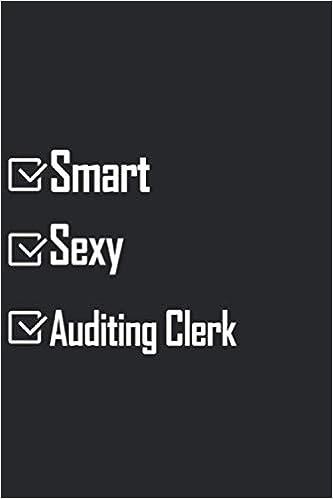Question
Assume you have just been hired as a business manager of New York Pizza, a regional pizza restaurant chain. The companys EBIT was $60 million
Assume you have just been hired as a business manager of New York Pizza, a regional pizza restaurant chain. The companys EBIT was $60 million last year and is not expected to grow. The firm is currently financed with all equity, and it has 10 million shares outstanding. When you took your corporate finance course, your instructor stated that most firms owners would be financially better off if the firms used some debt. When you suggested this to your new boss, he encouraged you to pursue the idea. As a first step, assume that you obtained from the firms investment banker the following estimated costs of debt for the firm at different capital structures:
Percent Financed with Debt,
wd rd
0%
20 8.0%
30 8.5
40 10.0
50 12.0
If the company were to recapitalize, then debt would be issued and the funds received would be used to repurchase stock. New York Pizza is in the 40% state-plus-federal corporate tax bracket, its beta is 1.0, the risk-free rate is 6%, and the market risk premium is 6%.
a. Provide a brief overview of capital structure effects. Be sure to identify the ways in which capital structure can affect the weighted average cost of capital and free cash flows.
b. (1) What is business risk? What factors influence a firms business risk?
(2) What is operating leverage, and how does it affect a firms business risk?
Show the operating break-even point if a company has fixed costs of $300, a sales price of $15, and variable costs of $10.
c. Now, to develop an example that can be presented to New York Pizzas management to illustrate the effects of financial leverage, consider two hypothetical firms: Firm U, which uses no debt financing, and Firm L, which uses $10,000 of 12% debt. Both firms have $20,000 in assets, a 40% tax rate, and an expected EBIT of $4,000.
(1) Construct partial income statements, which start with EBIT, for the two firms.
(2) Now calculate ROE for both firms.
(3) What does this example illustrate about the impact of financial leverage on ROE?
d. Explain the difference between financial risk and business risk.
e. What happens to ROE for Firm U and Firm L if EBIT falls to $2,000? What does this imply about the impact of leverage on risk and return?
f. What does capital structure theory attempt to do? What lessons can be learned from capital structure theory? g. With the preceding points in mind, now consider the optimal capital structure for New York Pizza.
(1) For each capital structure under consideration, calculate the levered beta, the cost of equity, and the WACC. (Note: Make a table as given in Figure 15-5 in chapter 15)
(2) Now calculate the corporate value for each capital structure. (Note: Consider FCF=NOPAT) h. Describe the recapitalization process and apply it to New York Pizza. Calculate the resulting value of the debt that will be issued, the resulting market value of equity, the price per share, the number of shares repurchased, and the remaining shares. Considering only the capital structures under analysis, what is New York Pizzas optimal capital structure?
Step by Step Solution
There are 3 Steps involved in it
Step: 1

Get Instant Access to Expert-Tailored Solutions
See step-by-step solutions with expert insights and AI powered tools for academic success
Step: 2

Step: 3

Ace Your Homework with AI
Get the answers you need in no time with our AI-driven, step-by-step assistance
Get Started


